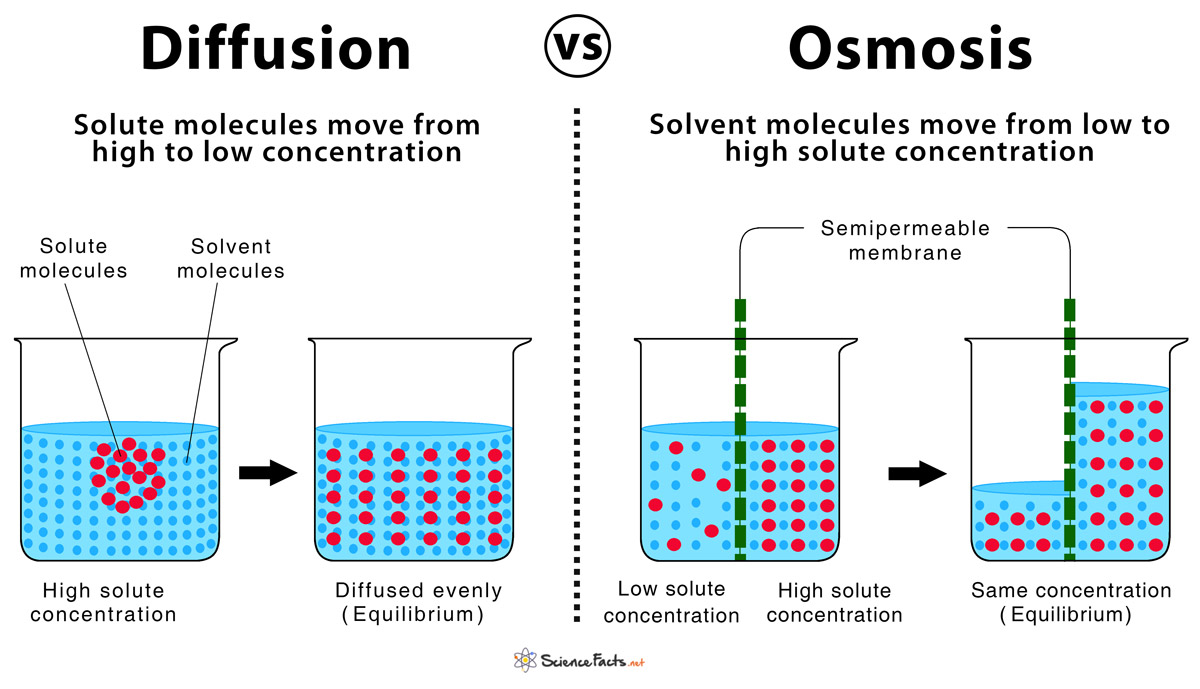What Is Diffusion Science
These are processes by which we modify materials, resulting in properties by which the materials may work properly—or fail. Diffusion may also be thought of as the movement of particles down a concentration gradient.

Diffusion is the process of mixing which involves the movement of atoms from area of higher to those of lower concentration. Particles in gases and liquids move around randomly, often colliding with each other or whatever container they are in.
What Is Diffusion Science. Diffuser is a device that is typically used by people who love aromatherapy. There are many types and uses of diffusers that are available, according to the needs of the users. Make sure you are correct in selecting one to ensure that the benefits of aromatherapy are fully felt.
An air diffuser works as tool that converts essential oils into fragrant vapors, and then distribute them throughout the air so that they are more comfortable to breathe. The use of a diffuser in a room can create a comfortable and calming ambience. This is why the use of a diffuser is very appropriate to soothe the mind and reduce anxiety.
While the use of a diffuser is beneficial, it is not proven safe to employ it as a method for vaporizing antiseptic liquids to sterilize the air. It could cause adverse consequences, including irritation to the respiratory tract and eyes.
The use of diffusers is effective in maximising the benefits that essential oils provide. The aroma that is diffused can stimulate the senses and affects emotions and the nervous system. However, it depends on the type of aromatherapy
A diffuser is an instrument that distributes something over an extensive area. In this instance the items being distributed are essential oils and diffusers as instruments.
The diffuser is made to process essential oil droplets mixed with water to create a fine, steam that is then diffused into the space. The resulting steam usually has a calming aroma and can be beneficial for well-being.
Based on research, in general, the role of a diffuser is to provide a therapeutic effect or healing result due to the fact that it creates particles of essential oils. These particles can stimulate the nervous system and transmit signalling to the limbic systems within the brain.
The brain will then respond by performing various physiological functions like the release of hormones, the reduction of the feeling of pain, or giving a increase in mood.
The other benefits of a diffuser include respiratory therapy, mood enhancement and relaxing, air purification and more depending on the essential oil used.
The best way to use the diffuser is 30-60 minutes by dripping 3-5 drops essential oils. In addition, make sure the area in which the diffuser is placed has good ventilation.
To ensure optimal performance it is recommended that the diffuser be located in a strategically space, for example, at the desk at work or next to the bed, to the center of the family room.